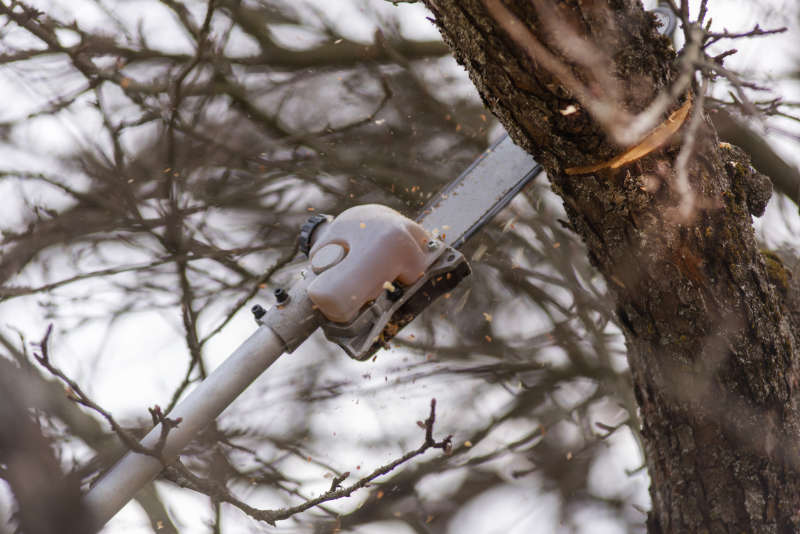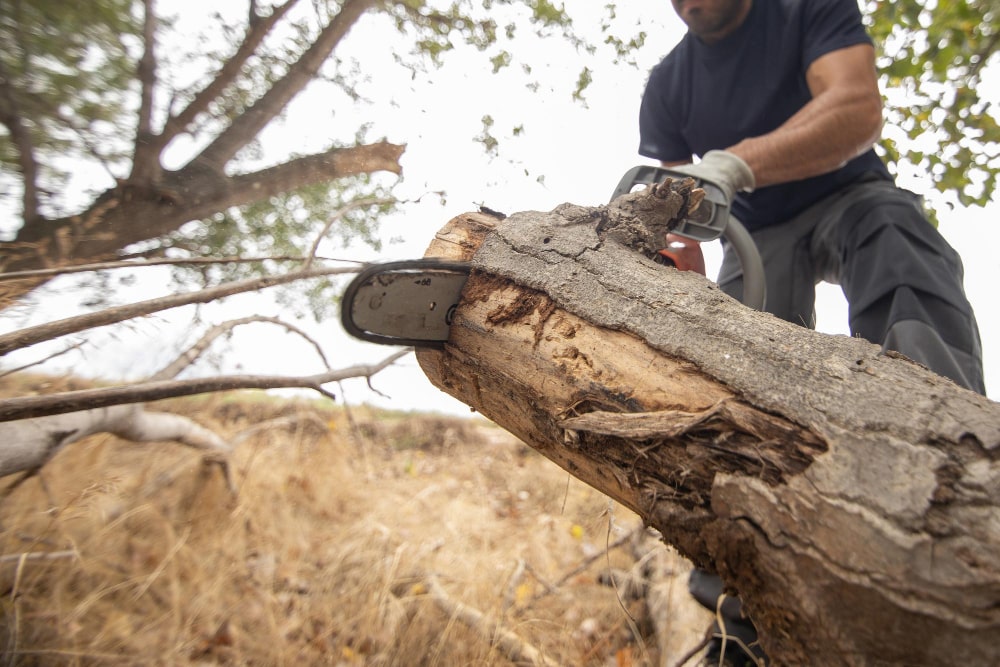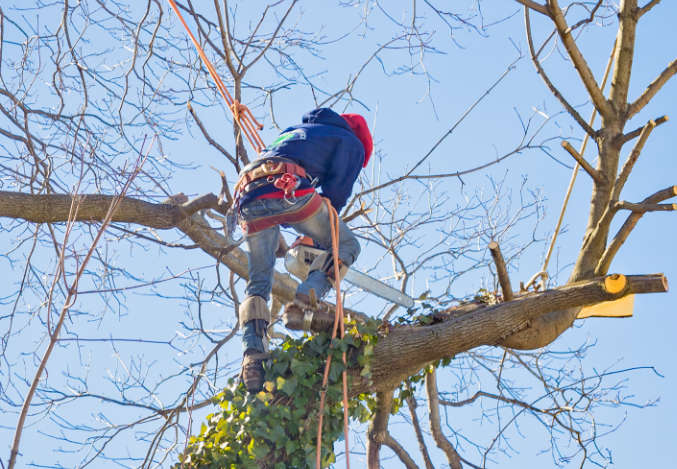The most suitable time to prune trees is usually early July through late January in Texas. Been said that, it also depends on several factors like the species of a tree, the temperature patterns in your area, and the condition of a tree or a shrub. The benefits of pruning and tree trimming at the right time are improved disease resistance and increased strength. Pruning is further essential for blooming and fruiting trees to boost blooms and fruit yields.
The best time to prune or trim your tree is subject to the reason you want do tree pruning.
Ask an arborist to help you inspect your tree or shrub and identify its health to suggest trimming as per the requirement of your tree. Some trees may need pruning to help promote new growth, and other may need it to decrease growth and improve shape. At the same time for some trees trimming and pruning is for keeping and improving tree health or ensuring the safety of trees.
Proper Time to Prune Different Categories of Trees and Shrubs
A significant feature of pruning is understanding when to prune plants. Correct timing helps protect and maintain, beautiful, healthy, valuable plants. The right time to trim trees and shrubs in your area are specified below.
Deciduous Shrubs – ones that lose their leaves in winter
The right time for pruning or trimming deciduous shrubs is decided by the plant’s growth routine, bloom time, and health or condition.
Spring-flowering shrubs, such as lilac and forsythia, blossom in spring on the growth of the earlier season.
Overlooked, dense spring-flowering shrubs may need extensive pruning to refresh or renew, preferably in late winter or early spring (March or early April) to restore the health of the shrubs.
The perfect time to prune healthy, well-groomed spring-flowering shrubs is directly after flowering. Pruning right after flowering allows you to relish the spring flowers and also offers sufficient time for the shrubs to start new flower buds for following season.
Summer-flowering shrubs, like potentilla and Japanese spirea, blossom in summer on the present year’s growth. It’s recommended to prune these shrubs in late winter months or early spring.
Some deciduous shrubs don’t produce attractive flowers, instead they may have colorful bark, fruit, or foliage. These shrubs should be pruned in late winter or early spring before new growth.
Do not trim deciduous shrubs in late summer – August or early September as it may promote a late bloom of growth that may not stabilise sufficiently before the onset of cold weather and be vulnerable to winter injury.
Evergreen Shrubs
Trim evergreen shrubs, like azalea & rhododendron, in late March or early April before the beginning of new growth. You may also perform moderate pruning in mid-summer. But keep away from pruning evergreen shrubs in the fall as they become more vulnerable to winter disease and damage.
Deciduous Trees
For most deciduous trees February through March is considered as the best time for pruning and trimming. This is because the absence of greenery at this time of year gives the arborists an open view of the tree and allows the selection and elimination of correct branches.
Prevent pruning deciduous trees in spring and in fall when the trees are leafing out and leaves are falling.
Oaks are an exclusion to this as December, January, and February – are the perfect months to prune oak trees. To decrease the possibility of an oak wilt infection, do not trim oaks from March through October.
Fruit Trees
Fruit trees should be pruned between late February to early April. You must complete the scheduled trimming or pruning before early spring when the fruit trees begin to leaf out.
Evergreen Trees
Evergreen trees, such as pines, firs, cypresses, and spruces need little pruning. Late winter – late March or early April is the best time to remove unwanted lower branches on evergreen trees.
Pruning evergreen trees must be done regularly to get rid of dead, diseased and broken branches. It is best not to let these plants become overgrown for the area as bringing them back into boundaries is not always possible considering their growth pattern.
Special Considerations
If a tree is ill due to root damage, avoid trimming and pruning for minimum two years to cut down stress and boost recovery.
Get rid of dead, diseased, broken, or dangerous branches, when possible, to prevent risk to persons, animals, and structures.
Storm-damaged or frost-damaged trees may require corrective pruning out of season. Call for tree and shrub trimming and pruning services any time of the year for such situations.
At AJ Tree Services, we are committed to staying up to date on developing studies in arboriculture, and doing our bit to keep the Texans well-versed about how best to care for their trees and shrubs. Through modern education and professional training, our team of Certified Arborists make sure that their recommendations and guidance is correct and in keeping with the peak standards of practice.
If you have doubts about when is the best time to prune or trim, or have any other questions about your trees, let us know!







